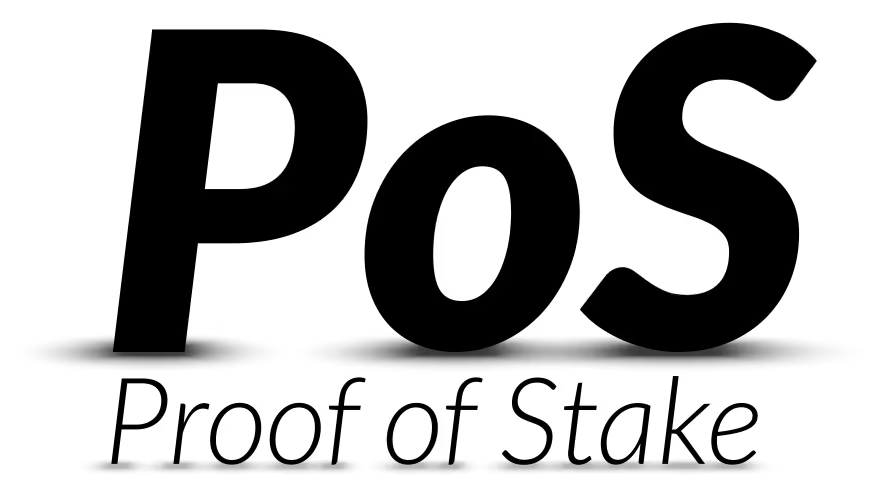At the core of Uniswap’s functionality is its automated market maker (AMM) system. Rather than using traditional order books, Uniswap relies on liquidity pools governed by the formula x * y = k. In this equation, x and y represent the quantities of two tokens in a pool, and k remains constant. The price is automatically adjusted based on supply and demand within these pools.
For instance, when a user swaps ETH for a token like DAI, the ETH pool increases while the DAI pool decreases, raising the price of DAI relative to ETH. This self-balancing mechanism enables instantaneous and permissionless trading.
Liquidity Pools and Providers
Uniswap users can become liquidity providers (LPs) by depositing equal values of two tokens—such as ETH and an ERC20 token—into a pool. In return, they receive LP tokens representing their share of the pool. These LPs earn a portion of the 0.3% fee charged on each trade, incentivizing participation.
LP tokens are ERC20 tokens themselves, meaning they can be traded or integrated into other DeFi platforms. When liquidity is withdrawn, the corresponding LP tokens are burned.
Also read: What Is Hedera Hashgraph (HBAR)? A Deep Dive into the Future of Decentralized Ledgers
ERC20 Tokens and Uniswap’s Token Listing Approach
Uniswap supports all ERC20 tokens, which are fungible and standardized assets on Ethereum. Any user can list a new token by creating a liquidity pool through Uniswap’s factory contract, which deploys a new exchange contract for that token. Unlike centralized exchanges, Uniswap does not charge listing fees or vet projects, encouraging open access—though this also invites potential scams or fake tokens.
What You Can Do on Uniswap
Uniswap offers more than just token swaps. Developers can integrate the protocol into their dApps, as seen with InstaDApp and DeFiZap, which simplify user interaction. These platforms let users provide liquidity, execute trades, or earn yield with single-click transactions and fewer technical steps.
Uniswap’s open-source architecture allows anyone to build on top of it, contributing to its growing ecosystem and influence within decentralized finance.
The Future of Uniswap
Uniswap has reshaped the DeFi landscape by making token swapping and liquidity provisioning easy and accessible. While it boasts innovation and openness, its decentralized nature also leaves room for malicious actors to introduce fraudulent tokens. Ongoing community vigilance and ecosystem upgrades are essential to its continued success.




